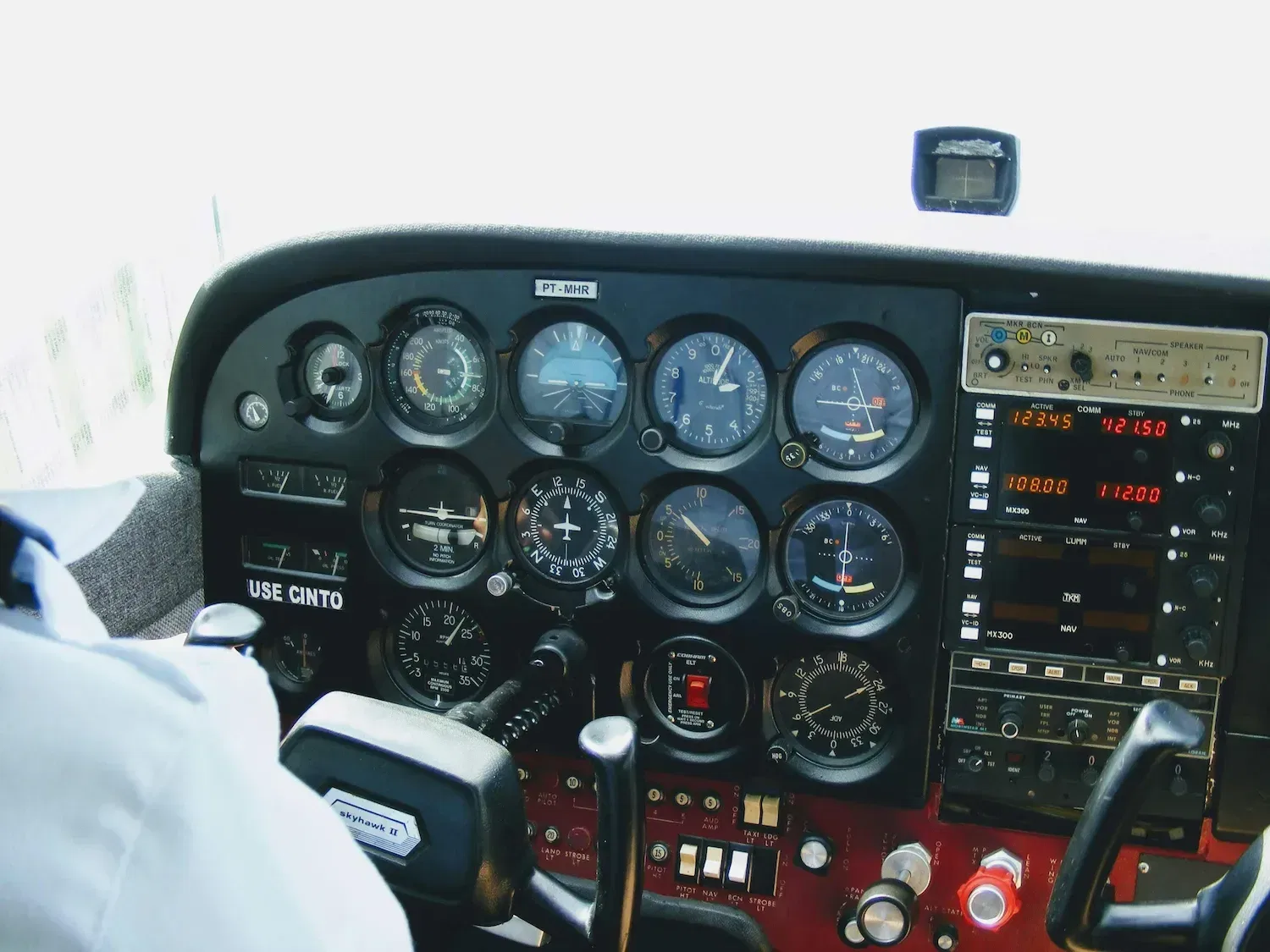RC Plane Batteries, Types and Safety Tips
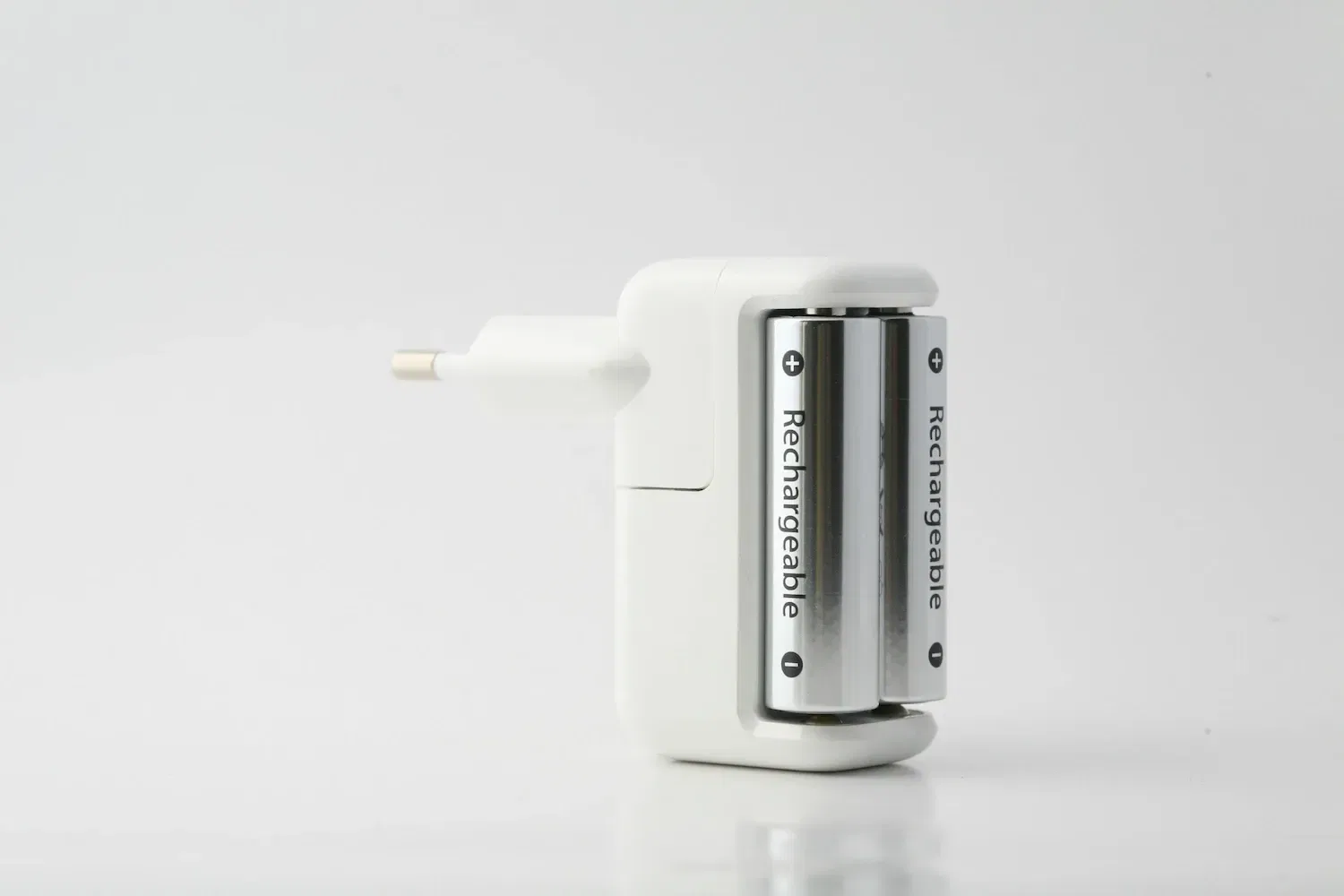
RC Plane Batteries: Types, Safety Tips, Discharge Limits, and Testing Guide
Introduction
Brushless motors are the backbone of modern RC airplanes due to their high efficiency and power-to-weight ratio. However, powering them correctly is crucial to ensure performance, safety, and longevity. This article explores the types of batteries used for brushless motor setups, their safe usage, and how to test your system using a DC power supply.
1. Why Alkaline AA Batteries Can’t Drive Brushless Motors
Alkaline AA batteries are designed for low-drain applications. They are unsuitable for brushless motors because:
- Low Current Capability: Max current output is 1–2A, far below the 10–50A brushless motors often require.
- High Internal Resistance: Causes significant voltage drop under load.
- Short Lifespan: Even if it works momentarily, the battery depletes quickly.
- Non-rechargeable and Heavy: Impractical and inefficient.
Alkaline batteries should not be used in high-performance motor setups.
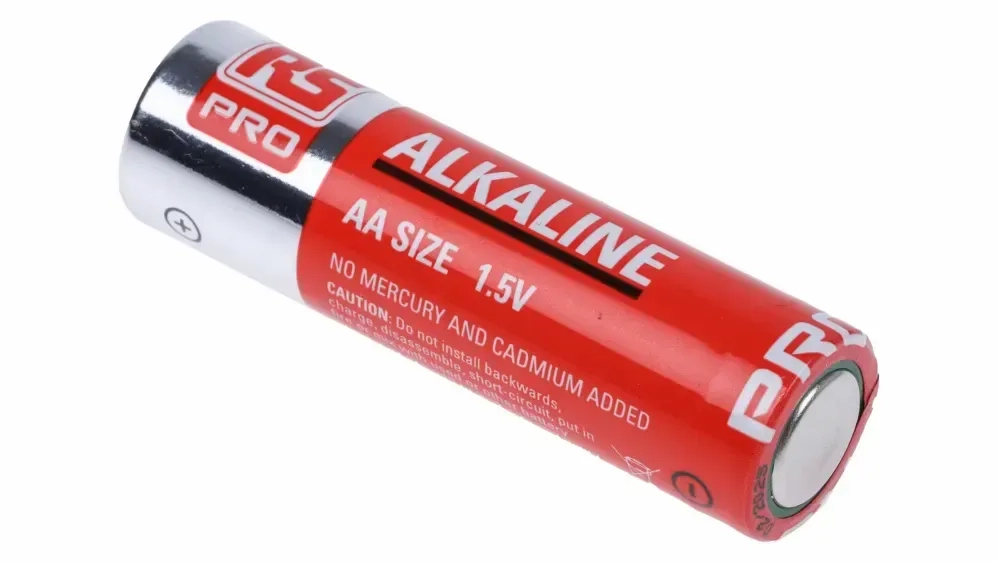
2. LiPo Batteries for RC Planes
Advantages:
- High Discharge Rates: Ideal for motors requiring bursts of power.
- Lightweight: Excellent power-to-weight ratio.
- Flexible Form Factor: Fits compact spaces.
Safe Operating Limits:
- Full Charge Voltage: 4.2V per cell.
- Discharged Voltage (at rest): 3.7V per cell.
- Minimum Under Load: 3.3V per cell.
- Never go below: 3.0V per cell (risk of damage).

3. NiMH Batteries in RC Planes
- More tolerant of over-discharge.
- Ideal for beginners and lower-drain systems.
- Heavier and lower energy density than LiPo or Li-ion.
- Discharge limit: avoid going below 1.0V per cell.
Best Use: Simpler, slower aircraft and trainers.
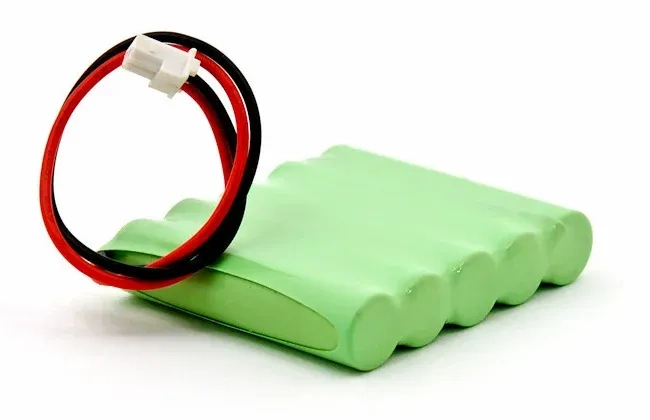
4. Li-ion Batteries for RC Planes
- Higher energy density → longer flight time.
- Lower C-ratings → not ideal for high-current loads.
- More durable and safer than LiPos.
- Best for long-range or endurance flights, or when safety is the top priority.
Limitations:
- Usually limited to 1C–5C discharge, e.g., a 3000mAh 3C cell delivers max 9A.
- Less ideal for aggressive aerobatics or racing planes.
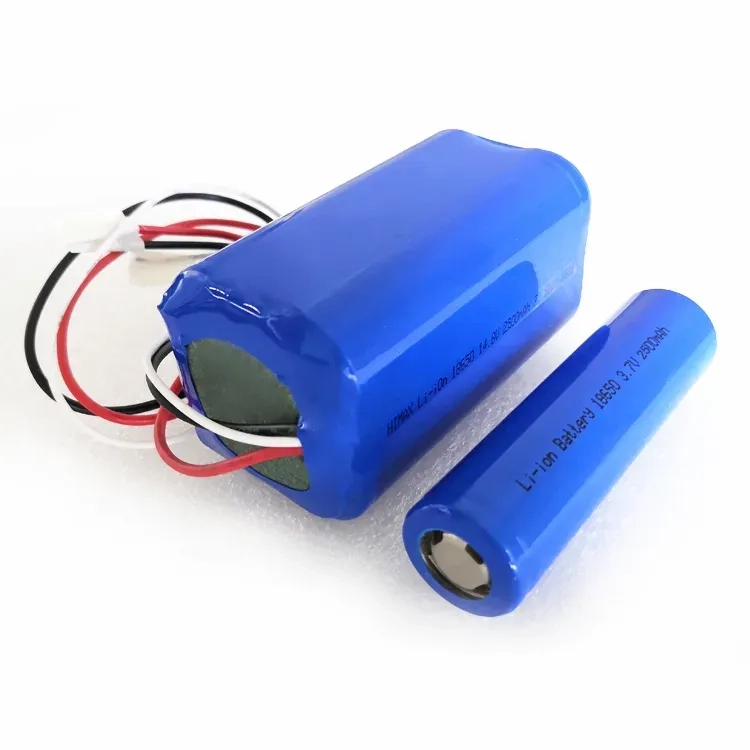
5. Testing a Brushless Motor Setup with a DC Power Supply
If you want to test your ESC + motor setup without a battery:
Power Supply Requirements:
- Voltage: Match LiPo equivalent (e.g., 3S = 11.1–12.6V, 4S = 14.8–16.8V).
- Current: At least 30A continuous for your setup.
- Wattage: Must cover max load. Example: 14.8V × 30A = ~450W+.
Recommended DC Power Supplies:
- Mastech, Ruideng, or Korad adjustable DC supplies
- Should offer >30A at 12–16V.
- Server PSU conversions
- Cheap and powerful (12V @ 50–70A).
- Bench Power Supplies with current-limiting and over-voltage protection.
Tip: Always monitor voltage under load when testing to detect brownouts or ESC cutoff behavior.
6. Preventing Over-Discharge:
- Use low-voltage buzzers.
- Program ESC cutoff thresholds.
- Time your flights using estimated draw.
- Use telemetry or a voltage checker.
- Land when under-load voltage hits ~3.5V per cell.
7. Flight Time Estimation Formula:
Example:
2200mAh battery, 20A draw → ~6.6 minutes of flight.
